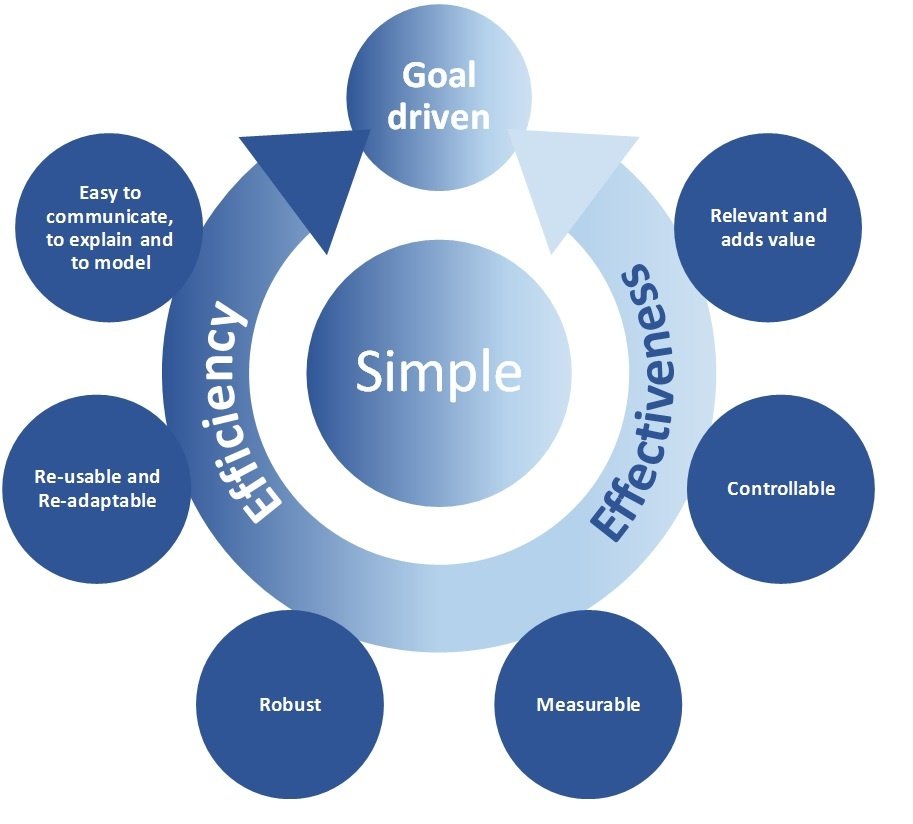A company may believe that the sheer fact of having processes defined makes them more efficient and effective. This misbelief can lead to the standardization of all kinds of steps and actions within the organization. However, such kind of exaggeration will have counterproductive effects. The focus must be on quality and not on quantity of processes and process definitions. Having a process defined does not automatically mean that the process is good. A critical question therefore is: What makes a “good” process? How can process quality be evaluated and improved?

Processes are everywhere – but good ones?
Process Design and Process Optimization have been around for some while. A process design is one of the first steps of many projects, especially when it comes to the implementation of new IT-systems. It has become common sense that a wrong process design will cause unnecessary Total Cost of Ownership. Nevertheless, the process management is not yet very well integrated into the known project methodologies. Also, the knowledge about good process design quite often is not a key area of competence of the players involved in a classical implementation project, which focuses more on a good combination of functional and technical skills.
So what makes up a good process? And which pitfalls should be avoided when designing a new process or redesigning an existing one
Effective and efficient – that is what a process should be
Quality of processes can be summarized in two main pillars:
- Process Effectiveness – Are the processes helping the company to reach their goals? The question here is: „Are we doing the right things?“
- Process Efficiency – Are the processes designed in a way that their goals are reached with the least possible inputs (time, material, equipment, financing, human efforts etc.) or, to turn the argument around: Are the company’s resources utilized in the best possible way? The question here is: „Are we doing things right?“
We have identified 8 critical characteristics that processes should have in order to be both efficient and effective:
#1 – Processes need to be goal-driven
#2 – Simplicity is key
#3 – A good process can easily be communicated, explained and designed
#4 – A process needs to be robust
#5 – Design re-usable and re-adaptable processes
#6 – Make sure your processes are measurable
#7 – A good process needs to be controllable
#8 – Relevance and added value
In our latest point of view paper, my colleagues Elio Campos and André Almeida, two long-term process design professionals, explain what is behind these rules and how to assess if a company’s processes follow these rules or not.
This paper starts a series of papers that will provide easy-to-understand insights into the topic of process design. They aim at organizations and consultants who, mainly in the course of a system implementation or re-design, want to rethink their processes before cementing them into IT structures. Sign up to our newsletter to stay informed about upcoming publications in this or in other topics of interest.
By Andreas Krüger